A researcher is undertaking several parallel approaches to understand the microenvironment’s role in pancreatic cancer.


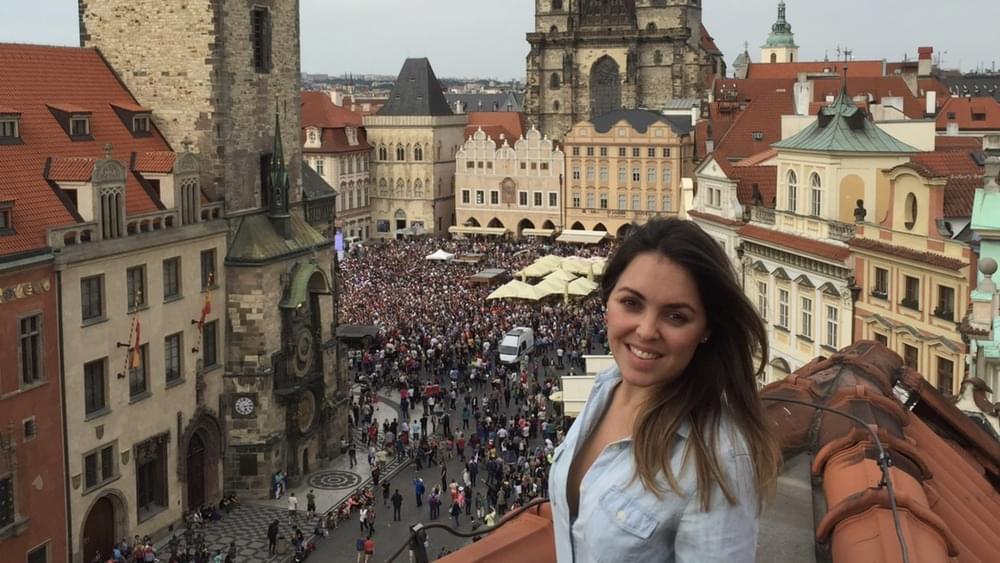
Artificial intelligence still has a long way to go before completely taking over most human jobs. But it can already make some side hustles easier and more lucrative, primarily by saving people time.
“Automation, I think, is the key to reducing your workload,” Sean Audet, a food photographer who uses generative AI tools like ChatGPT to write emails and business plans, told CNBC Make It earlier this month. “When a client first reaches out to me, I need to be able to quickly deliver a bunch of information about services and costs … in a nice, succinct and personalized way.”

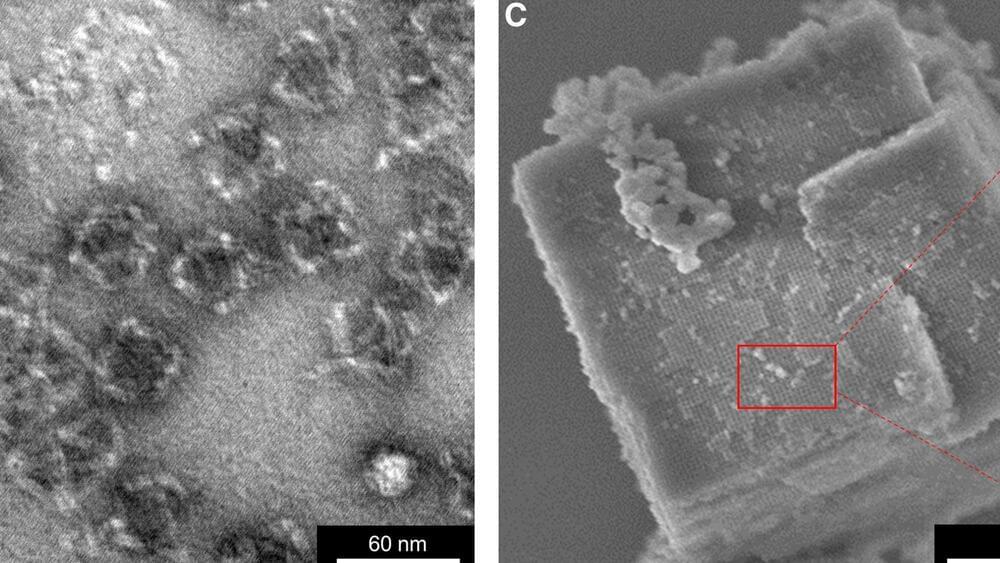
One of the world’s strongest structures could be one of its smallest: Collaborators from University of Connecticut, Columbia University, and Brookhaven National Lab have developed a new nanomaterial composed of DNA strands coated in flawless glass. At proportionally four times stronger and five times lighter than steel, the minuscule latticework structures could provide a template for a new wave of extremely durable and lightweight vehicles, body armor, and countless other products.
As detailed recently in Cell Reports Physical Science, the team first connected multiple portions of self-assembling DNA to form a nanostructure framework akin to a building’s support beams. They then coated the enjoined DNA strands with a glass-like material only a few hundred atoms thick, leaving relatively large empty spaces akin to rooms in a house. These spaces allowed the resulting nanomaterial to remain extremely lightweight, while the glass reinforced its durability.
[Related: Microscopic mesh could be the key to lighter, stronger body armor.].
A new soft robotic gripper is not only 3D printed in one print, it also doesn’t need any electronics to work. The device was developed by a team of roboticists at the University of California San Diego, in collaboration with researchers at the BASF corporation, who detailed their work in Science Robotics.
The researchers wanted to design a soft gripper that would be ready to use right as it comes off the 3D printer, equipped with built in gravity and touch sensors. As a result, the gripper can pick up, hold, and release objects. No such gripper existed before this work.
“We designed functions so that a series of valves would allow the gripper to both grip on contact and release at the right time,” said Yichen Zhai, a postdoctoral researcher in the Bioinspired Robotics and Design Lab at the University of California San Diego and the leading author of the paper. “It’s the first time such a gripper can both grip and release. All you have to do is turn the gripper horizontally. This triggers a change in the airflow in the valves, making the two fingers of the gripper release.”
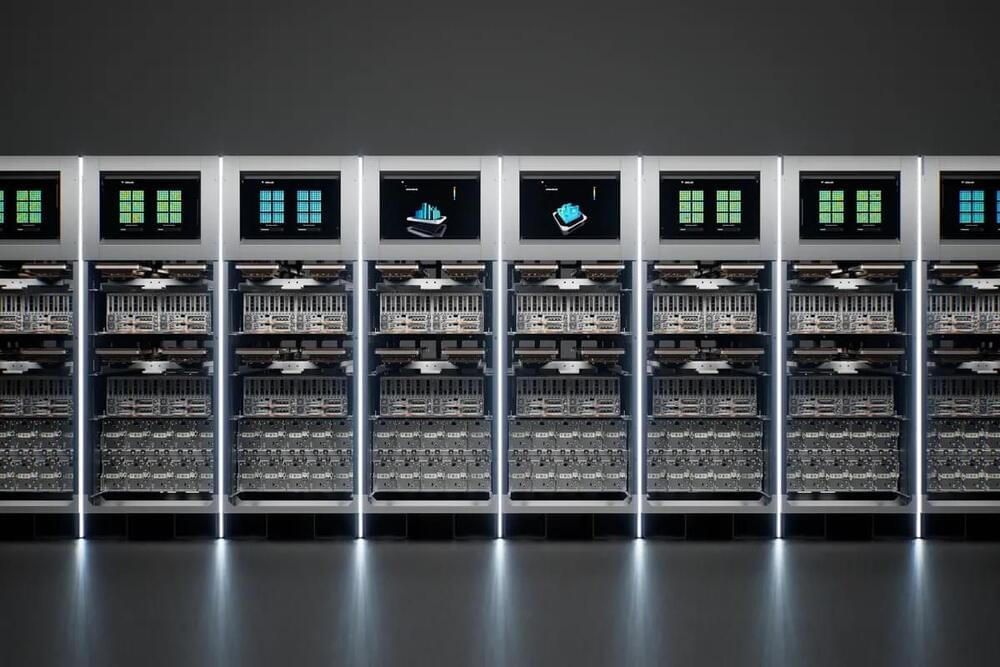
In its second-quarter earnings report for 2023, Tesla revealed its ambitious plan to address vehicle autonomy at scale with four key technology pillars: an extensive real-world dataset, neural net training, vehicle hardware, and vehicle software. Notably, the electric vehicle manufacturer asserted its commitment to developing each of these pillars in-house. A significant milestone in this endeavor was announced as Tesla started the production of its custom-built Dojo training computer, a critical component in achieving faster and more cost-effective neural net training.
While Tesla already possesses one of the world’s most potent Nvidia GPU-based supercomputers, the Dojo supercomputer takes a different approach by utilizing chips specifically designed by Tesla. Back in 2019, Tesla CEO Elon Musk christened this project as “Dojo,” envisioning it as an exceptionally powerful training computer. He claimed that Dojo would be capable of performing an exaflop, or one quintillion (1018) floating-point operations per second, an astounding level of computational power. To put it into perspective, performing one calculation every second on a one exaFLOP computer system would take over 31 billion years, as reported by Network World.
The development of Dojo has been a continuous process. At Tesla’s AI Day in 2021, the automaker showcased its initial chip and training tiles, which would eventually form a complete Dojo cluster, also known as an “exapod.” Tesla’s plan involves combining two sets of three tiles in a tray, and then placing two trays in a computer cabinet to achieve over 100 petaflops per cabinet. With a 10-cabinet system, Tesla’s Dojo exapod will exceed the exaflop barrier of compute power.

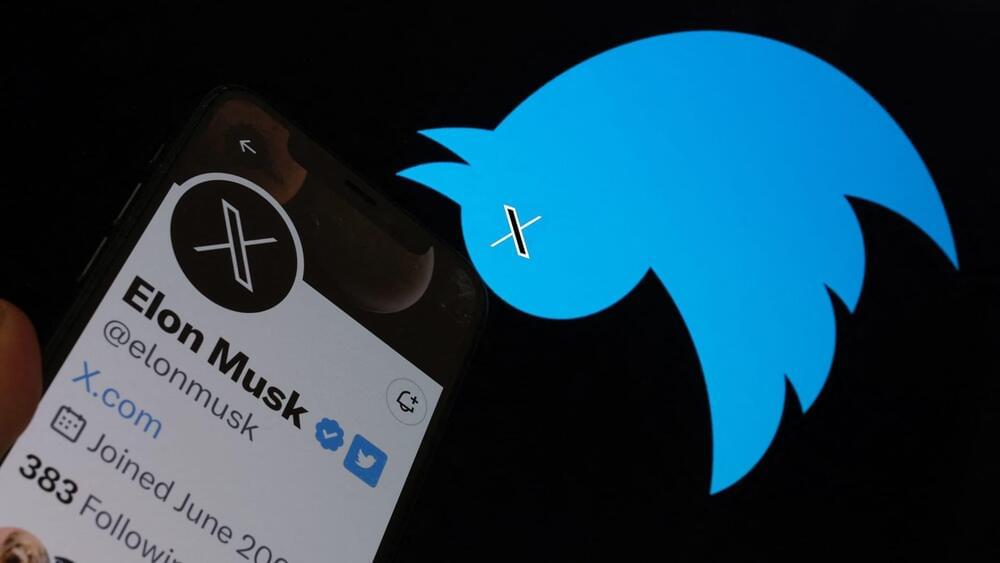
X, formerly known as Twitter, has officially retired its famous blue and white bird logo.
The icon on the mobile app changed to an “X” late Friday night in the latest phase of a sweeping rebrand the platform’s owner Elon Musk announced earlier this month. The company previously introduced the logo on the web and launched the domain X.com, though Twitter.com also remains live.
Musk, who acquired the platform for $44 billion late last year, wrote in a post Sunday that the company would soon “bid adieu to the twitter brand and, gradually, all the birds.” The transition from Twitter to X reflects Musk’s vision to turn the platform into what he has called an “everything app.”
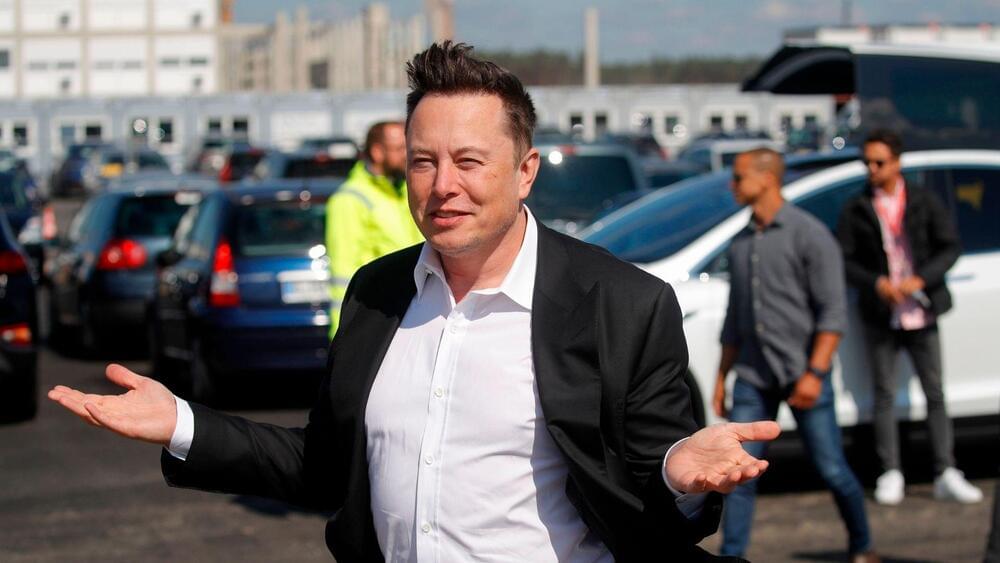
ODD ANDERSEN/Getty.
The range has been a top concern for potential buyers transitioning from internal combustion vehicles to electric ones. In 2008, when EVs were still a rare new concept, Tesla promised a 200-mile (320 km) range on a single charge on its Roadster, a model it soon discontinued. Its second offering, Model S, promised a higher range of 249 miles (401 km) in 2012.
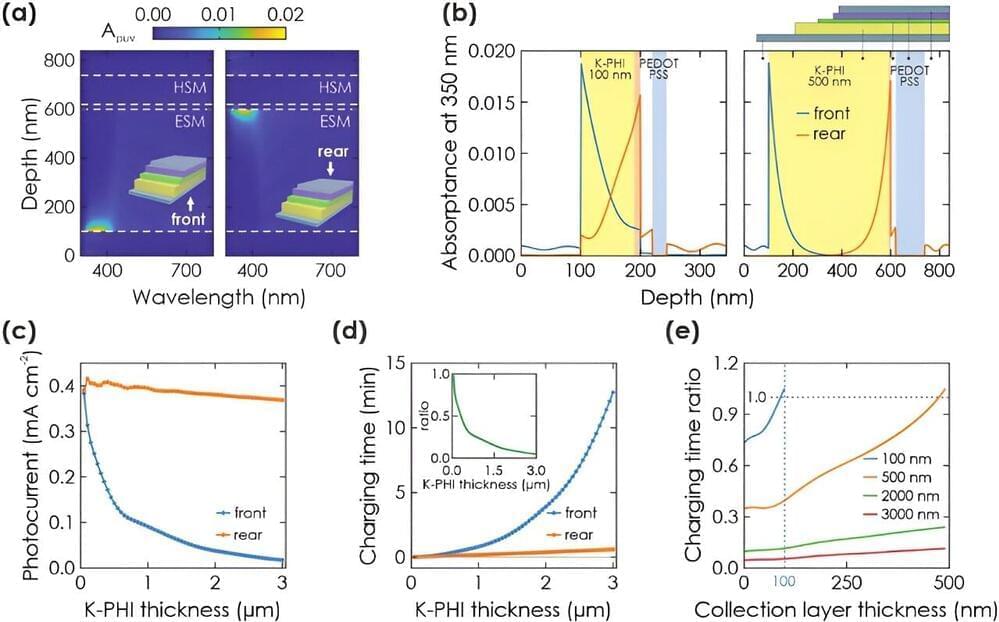
A collaborative effort between the University of Cordoba and the Max Planck Institute for Solid State Research (Germany) is making progress on the design of a solar battery made from an abundant, non-toxic and easily synthesized material composed of 2D carbon nitride. The work is published in the journal Advanced Energy Materials.
Solar energy is booming. The improvement of solar technology’s capacity to capture as much light as possible, convert it into energy and make it available to meet energy needs is key in the ecological transition towards a more sustainable use of energy sources.
In the process between the collection of light by the solar cell and the on-demand use of energy by household appliances, for example, storage plays a crucial role since the availability of solar energy has an inherent intermittency.